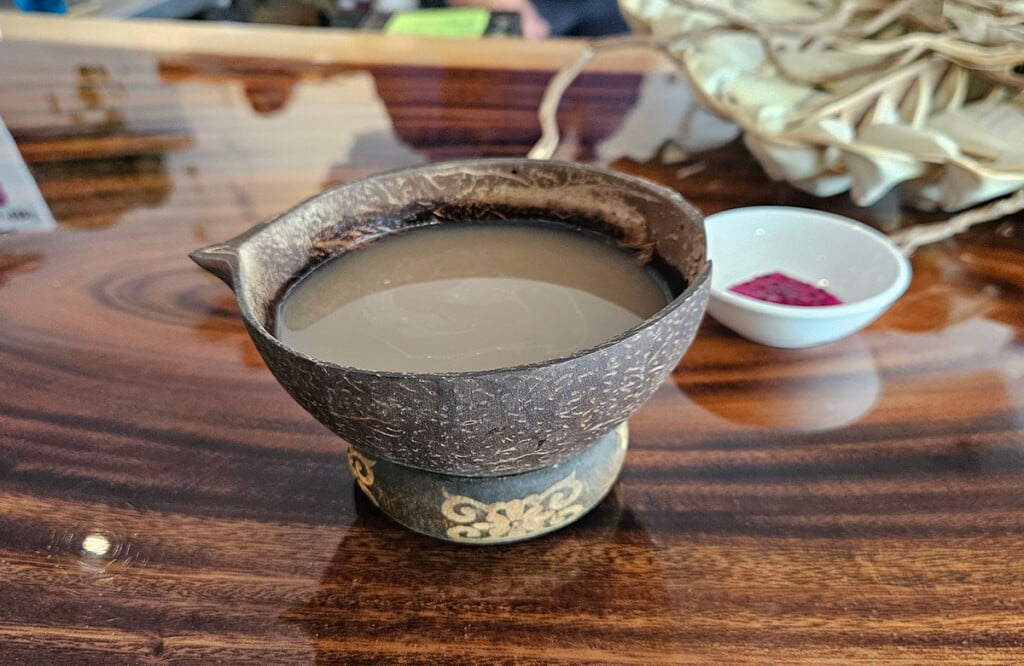You
don’t drive as well as you think you do. That’s the cause of most traffic accidents-and
the solution to preventing them in the first place, according to Honolulu psychologist
Dr. Robert Spicer. “People simply aren’t as competent behind the wheel as they
believe they are, and that includes me,” says Spicer.Spicer doesn’t
believe Hawai’i drivers are any more mistaken about their own abilities than drivers
anywhere else. “We’re no better, no worse than drivers in any other comparatively
crowded city in the United States. Our roads aren’t particularly good, but our
accident rates are roughly comparable to any similar municipalities.” But,
says Spicer, he can speak with some authority about Hawai’i drivers because he
did the research here. In the early ’60s, the federal government gave Spicer a
grant to study the “psychodynamics of motor vehicle operators.” The original intent
was to identify personality traits that correlated with auto accidents.  | Illustration:
Michael Austin |
“We failed to find that,” he says,
“but what we found was far more interesting.” Using the relatively primitive technology
of 40 years ago, Spicer took hours of movie film of traffic situations and set
up prototype driving simulator. “What we found was that professional drivers-policemen,
truck, bus, ambulance and delivery drivers-would pick up critical cues in moving
traffic. They would see that little twitch in the wheels that signaled another
driver was going to change lanes, for instance. Good driving is being aware and
prepared to take appropriate action.” Professional drivers noticed many
more traffic cues than non-professionals. “Think about it. Does anyone really
get trained to drive outside of a few hours in their teens?” says Spicer. “We
think we’re great drivers, but it’s a grand delusion.” A total of 136 people died
on Hawai’i roads in 2003. According to Spicer, it’s luck that keeps most of us
from being a statistic. He uses the example of H-3. “You see people doing
70, 80, 90 miles an hour. I doubt there are 100 people on the whole Island trained
in what to do if something happens at that speed.” Spicer’s solution: Requalify
drivers the same way airline pilots are requalified. “The technology now exists
to create wonderful driving simulators. If we just got a little professional coaching
and driving simulation practice each year, we might all be the above average drivers
we already conceitedly think we are.” Spicer’s research is now 40 years
old. Does he think things have changed? “No,” he laughs. “The cars have changed.
They are so agile now, so beautiful and they go like a scalded cat. But the accident
rate hasn’t gone down. Because we aren’t any better.” {clipping
service} While
football fans readied for college bowl games last December, sports columnist Steve
Wilstein wrote about the lack of diversity among the bowl-bound teams. One notable
exception? Hawai‘i. From the Dec. 23, 2003 Associated Press article: Though
more than half of all college football players are black, a study [authored by
Richard Lapchick, director of the Institute for Diversity and Ethics in Sport
at the University of Central Florida] of the 56 teams shows that whites hold 94
percent of campus leadership positions.
Only two of the 56 colleges and universities,
Bowling Green and Missouri, have black presidents. Among athletic directors at
the bowl schools, three are black men (USC, Virginia and Hawai‘i 1), two
are Latinos (UCLA and New Mexico), and two are women (Tulsa and Maryland).
Only
UCLA has a black head football coach. Of the 112 offensive and defensive coordinators,
only six are black (Virginia, New Mexico, Hawai‘i 2, Florida, Miami and Southern
Mississippi) and two are Asian or Pacific Islanders (Navy and USC). 1
University of Hawai‘i athletic director Herman Frazier
2 UH defensive
coordinator George Lumpkin |
|









